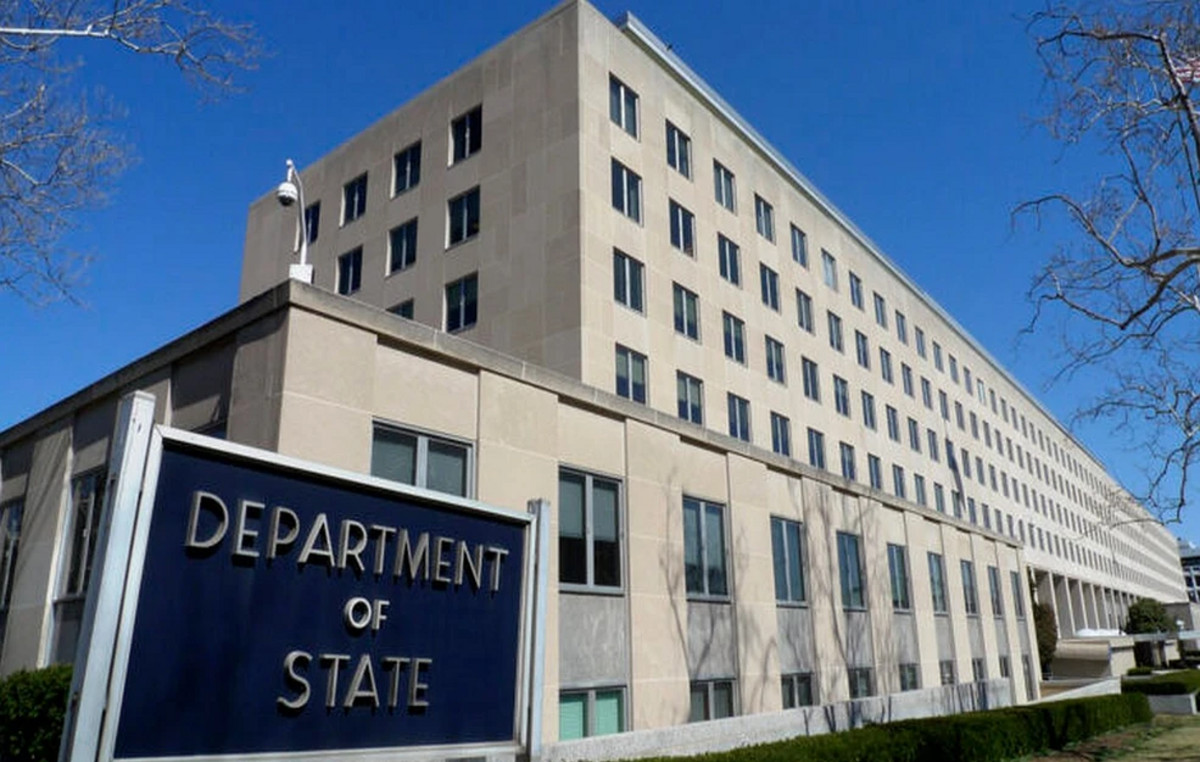new waves of Covid-19 are motivated by multifactorial causes, including characteristics of virus circulation and population behavior. In recent weeks, Brazil has recorded a significant increase in the number of cases of the disease caused by the coronavirus.
Data from the National Council of Health Secretaries (Conass) released on Saturday (26) show that the country maintains a moving average of 22,000 daily cases. The index, which evaluates the average number of cases in the last seven days and allows the dimensioning of the epidemiological scenario, is one of the highest recorded since August.
States in all Brazilian regions recorded an increase in cases in early November, compared to the previous month, according to a survey by the Oswaldo Cruz Foundation (Fiocruz).
Experts consulted by CNN they help contextualize the increase in infections in the country and estimate the context of the disease with the approach of holidays and end-of-year festivities.
Impact of the Omicron variant
Exactly one year ago, in November 2021, the World Health Organization (WHO) classified the Omicron strain of the coronavirus as a “variant of concern”.
Emerging evidence was quickly shared by scientists from Botswana, Hong Kong and South Africa and discussed at a special meeting of the WHO Technical Advisory Group on Virus Evolution (TAG-VE).
The experts present at the meeting were concerned about the large number of mutations present in the variant, which differed greatly from the other strains detected so far. Early data showed the rapid spread of Omicron in some provinces in South Africa and an increased risk of re-infection compared to previously circulating variants.
At that time, WHO highlighted that the world was dealing with something new, different and for which it should prepare quickly.
Scientists quickly identified that the strain was significantly more transmissible than Delta, the variant of concern that had prevailed in the world until then. Within 4 weeks, as the Omicron wave traveled the world, it replaced Delta as the dominant variant.
Countries that until that point had been successful in keeping Covid-19 under control through social and public health measures were faced with difficulties. For individuals, the impact was greater among those who were not vaccinated, with an increase in hospitalizations and deaths in various parts of the world.
As of March 2022, WHO and its partners estimated that nearly 90% of the global population had antibodies against the coronavirus, either through vaccination or natural infection.
Overall, though, the new variant caused less severe illness than Delta on average, which puzzled scientists. According to the WHO, a number of factors likely played a role, such as the fact that the virus replicated more efficiently in the upper airways and population immunity steadily increased worldwide due to vaccination and infections.
Aspects of the virus
The growth trend of Covid-19 in the country gained strength between the end of October and the beginning of November, as researcher José Eduardo Levi, from the University of São Paulo (USP) recalls.
“To date, all waves of Covid-19 in the country have been associated with a new variant. This year now has the peculiarity that these variants are all derived from Omicron”, he says. “The original Omicron caused the peak of cases in January, then we had BA.2, which is a second Omicron, which peaked in April and May. Afterwards, we had another wave with a peak in June, caused by BA.5, derived from Omicron”, describes Levi.
According to the researcher, who also works in the areas of research and development at Rede Dasa, the new wave of the disease is related to subvariants derived from BA.5, including BQ.1 and two others: BA.5.3.1 and BA.5.2 .1.
“BQ.1 is tending to predominate from November onwards, we should reach the end of the month with 100% of BQ.1, point out data from genomics and molecular diagnostic tests from Dasa”, he says.
BQ.1 carries mutations at important points in the virus, such as the Spike protein, which may contribute to increased transmissibility and the ability to infect the coronavirus. WHO estimates that these additional mutations conferred an immune escape advantage over other circulating Omicron sublines, which indicates the need for assessment of an increased risk of re-infection with BQ.1.
“Omicron and its subvariants demonstrated their very effective ability to change genetically, to replicate and to have errors in this replication and, with that, to form genetically different viruses that make them escape our immune system, that is, both through natural infection and through vaccination. Our antibodies fail to fully recognize these subvariants and, with that, you manage to have the infection in a mild form, with a very high capacity for transmissibility, which causes the virus to circulate so much”, says infectologist Rosana Richtmann, from Hospital Emílio Ribas, in São Paulo.
behavioral factor
In addition to the intrinsic characteristics of the virus, such as a greater transmissibility of subvariants in circulation behavioral factors in the population may also contribute to the increase in the number of cases.
“The increased circulation of SARS-CoV-2 in Brazil is multifactorial. First, we relaxed control measures. Second, we had events like, for example, the elections, which facilitated the meeting between people. Third, we have a population with very low booster doses”, evaluates Rosana.
Data from the National Immunization Program (PNI) indicate that more than 77 million Brazilians did not receive the first booster dose of vaccines against Covid-19. Already 24 million people could have received the second booster dose against the disease, but have not yet been vaccinated.
The primary vaccination scheme against Covid-19 includes two doses for most of the available vaccines, including those from Pfizer, AstraZeneca and Coronavac, applied in Brazil.
The USP researcher also claims that the context of the elections in Brazil may have provided the ideal environment for the transmission of the virus.
“Every wave is facilitated by the behavioral component. Here in Brazil, we estimate that it was mainly electoral agglomerations, large rallies, that greatly facilitate the dissemination of variants that in themselves are already more transmissible, because they were selected in an environment of vaccinated people and with prior exposure, including to Ômicron” , says Levi.
Common symptoms of new variants
The infectologist Álvaro Furtado, from the Hospital das Clínicas of the University of São Paulo (USP), reports that an increase in the number of patients with suspected Covid-19 has been observed. However, Furtado points out that the number of hospitalizations has not followed the same pace of growth in infections, so far.
“We are observing a greater number of cases, but most of them are not serious. The most common symptoms are very simple, such as runny nose and sore throat. Patients have not shown shortness of breath or criteria that indicate the need for hospitalization, with the exception of people with alterations in the immune system”, she says.
The infectologist at Emílio Ribas also reports that the symptoms associated with recent cases has been similar to those already identified throughout the pandemic.
“In terms of symptomatology of the Ômicron subvariants – BQ.1 and BA.5, which are the most common today, I would say that the symptoms are similar to what we have always seen, but fatigue, tiredness, draws a lot of attention . The patient may have a runny nose, sore throat, headache, fever, chills, but what is really calling attention this time is this tiredness, ”she says.
Basic care helps prevent Covid-19
Source: CNN Brasil
I am an experienced journalist and writer with a career in the news industry. My focus is on covering Top News stories for World Stock Market, where I provide comprehensive analysis and commentary on markets around the world. I have expertise in writing both long-form articles and shorter pieces that deliver timely, relevant updates to readers.







